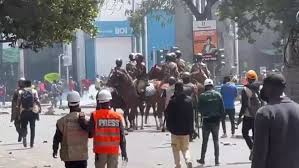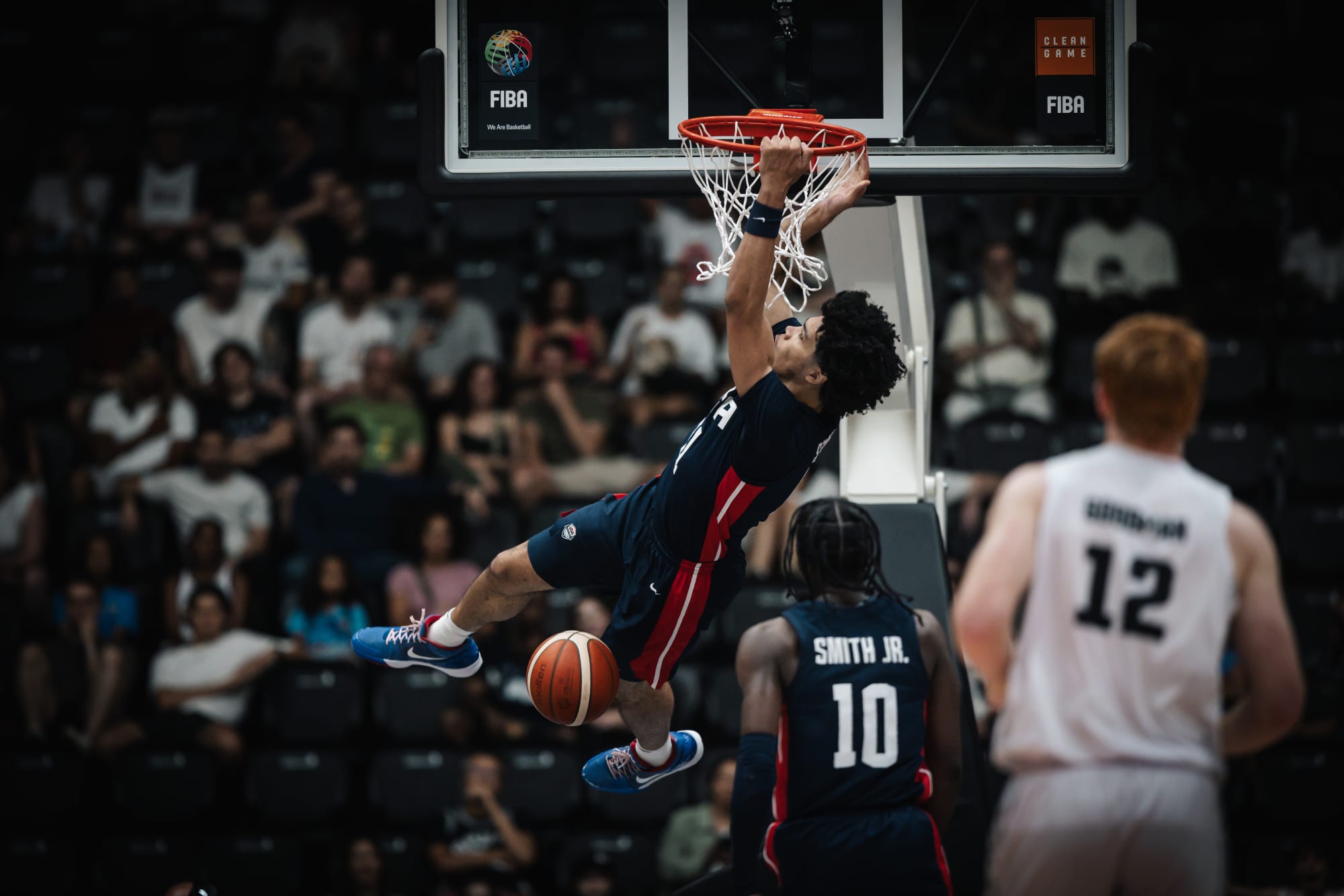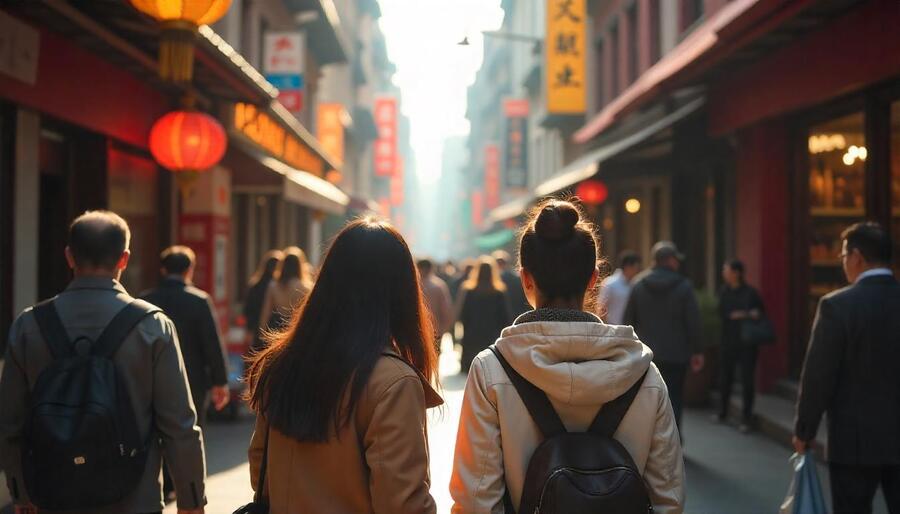GHAI: How CA misrepresented law about live broadcast of protests

A group of Kenyans protesting on Wednesday, June 25, 2025.
“The live coverage of the June 25, 2025, demonstrations are [sic] contrary to Articles 33(2) and 34(1) of the Constitution and section 46I of the Kenya Information and Communications Act, 1998.”
This is our text for today. Not as one might take a text for a sermon and derive from it more wisdom than is clear on its face, but the reverse – to show how much wrong about the law and the constitution can be contained in such a short sentence, and how a public agency can distort the law to protect the government.
The constitution
The main purpose of Articles 33 and 34 is to recognise the right to freedom of expression – Article 34 specifically for the media. A right under Chapter Four is not just any sort of right (like to make contracts). It is a special sort of right that can be used as a measure of the constitutionality of the law and actions of government (and sometimes of the actions of others).
This is how Justice Chigiti used it in a 2023 case involving CAK’s censure of six TV stations for broadcasting live coverage of maandamano events. The most relevant provision of certain regulations under the Kenya Information and Communications Act said “A licensee shall ensure that no broadcast by its station:… (c) glorifies violence”. The judge held this unconstitutional because it is vague and broad and therefore goes too far in limiting freedom of expression and the media.
I have often described Articles 33 and 34 as an umbrella – protecting us from laws and actions that restrict free expression. Article 33(2) shapes the umbrella so that it does not protect actions that amount to propaganda for war, incitement to violence, hate speech or advocacy of hatred based on factors like ethnicity, gender, age, language or religion. But this does not make things like propaganda for war and hate speech illegal. For that there must be specific law (like the National Cohesion and Integration Act, or the Penal Code). If there is law penalising such actions, 33(2) says that a person cannot resist the law on the basis of the right to freedom of expression.
So the CAK was quite wrong to say broadcasting such material would be “contrary to Articles 33(2) and 34(1)” [Article 34(1) just applies the same idea to the media]. It just would not get the protection of Articles 33 and 34.
Secondly, how would live broadcasting of Wednesday’s events sort go against Article 33(2) anyway? Did it show propaganda for war, incitement to violence, hate speech or advocacy of hatred? The answer must be “no”. It showed violence, but reporting something is not advocating it or inciting anyone to copy it.
There is in fact an offence of incitement to violence under the Penal Code. It is committed by any person who says or publishes any words indicating that it would be desirable to cause death or physical injury, or damage to property or to use violence to prevent the enforcement of the law. As a serious offence it would not be committed unless the offender intended to convey such a message.
In fact, much of the violence shown was by the police or by the so-called “goons” as they attacked protesters. Airing it is hardly incitement to do the same.
Section 46I
If you are puzzled: this is 46I not 461. The Act was originally passed in 1998. Section 46I and others were added in 2009. KenyaLaw – our great website for law including Acts of Parliament - suggests that section 46A–46S are not actually in legal force. I am not sure KenyaLaw is right on this.
But there is another reason why s.46I does not help the CAK. The section is called “Responsibilities of broadcasters”. You might say it is about “decent” behaviour. It mentions things like “responsive programming that caters for the varied needs and susceptibilities of different sections of the Kenyan community”, “good taste and decency”, impartiality, “privacy of individuals”, and ensuring that “derogatory remarks based on ethnicity, race, creed, colour and sex are not broadcast”.
How would broadcasting live pictures of protests in the street and police reactions violate any of these?
The CAK’s new Code of Programming, gazetted last year, says, “Programming … which contain scenes of violence … intended for adult audiences shall not be broadcast during the watershed period.” The watershed period is 5 am to 10 pm and is intended to protect children. However, the ban, I think, is intended to prevent films being shown, not news. Anyway CAK did not rely on it.
Our text is so weak a defence of CAK it is surprising – indicating that there is no defence. Certainly, s.46I and articles 33 and 34 of the constitution, properly read, should not help CAK defend itself against court cases.
However, I am wondering whether there is a plan to rely on a case brought by the Law Society of Kenya (LSK) against the CAK, two ministries and the Attorney General, and decided last year. Justice Mrima said it was right to pull the plug on three TV stations that were transmitting the “swearing-in” of Raila Odinga as the “People’s President” in 2018. His reasoning was that the event was contrary to the constitution.
With all due respect, as lawyers would say, to Justice Mrima, I suggest his decision was questionable. In principle it must be very rare for the law to be able constitutionally to prevent the broadcasting of some important national event. Suppose there was an attempted coup (prohibited by Article 3(2)), and the media were able to broadcast shots of tanks driving through Nairobi. Would they be wrong because they showed something against the constitution?
I am unable to see in the Act any power peremptorily to shut down transmissions. Justice Mrima said the CAK effectively suspended the licence of the TV companies. Yet the Act says that the CAK, if minded to cancel, which must include suspend, a licence must notify the licensee “in writing, specifying the acts or omissions which, in its opinion constitute or would constitute contravention of the Act or the licence”.
I am wondering whether the sudden talk, by the Interior Cabinet Secretary, about an attempted coup on Wednesday, June 25, 2025, was actually part of a plot to give the CAK a fighting chance of winning the inevitable court challenges by drawing an analogy with Mrima’s decision.
The fact that the constitution frowns on the subject of the broadcasts cannot give the CAK a power they do not otherwise possess in law. If there might be good reason to stop broadcasting in some exceptional circumstances, the law would have to be very clear, strictly limited and not available to protect the government, the police or anyone else from embarrassment or the accountability that comes from publicity.
Time the CAK powers were pruned
The CAK is far too government dominated in its appointment process and in its behaviour. Interestingly, in the LSK case Justice Mrima seemed to see no problem with the government being involved in the stopping of transmissions.
Several court cases have pointed out that, under the constitution, Parliament must pass law creating a body to sets media standards and regulate compliance. This must be independent of government control and of political or commercial interests, and reflect the interests of all sections of society (Article 34(5)). The courts have said that the Media Council and not the CAK is that body. But they have failed to declare unconstitutional the law that gives the CAK that overlapping, even conflicting, role.
I suggest it is time that the courts did just that since there seems little chance of the law being changed by Parliament.
The writer is Director, Katiba Institute










